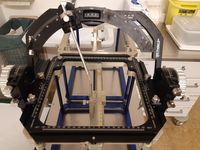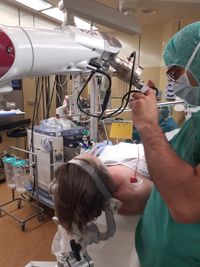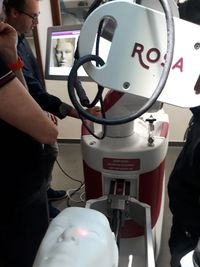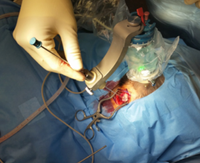Robotics/Stereotaxy
"Robots are interesting because they exist as a real technology that you can really study - you can get a degree in robotics - and they also have all this pop-culture real estate that they take up in people's minds." - Daniel H. Wilson
Neurosurgery is a rapidly evolving specialty with a high affinity for new technologies. The first neurosurgical robot was approved by the FDA in 1997. However, despite the promise of being faster, safer and less invasive than conventional operative methods, surgical robots are not established in intracranial neurosurgery yet and are only used in a few centers.
In various studies, we are investigating the applicability as well as the accuracy of neurosurgical robots in intracranial neurosurgery. Our focus is on the optimization of the workflow and tapping new fields of application in stereotaxy, endoscopy and skull base surgery:



